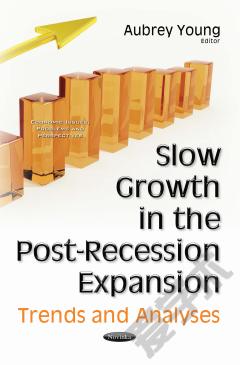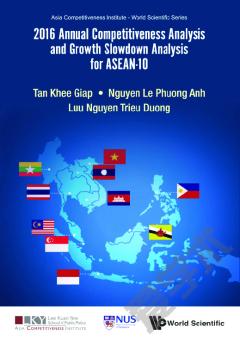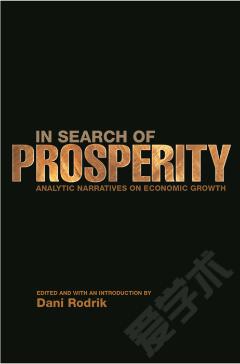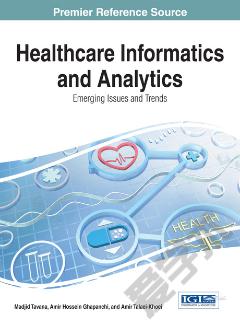Slow Growth in the Post-Recession Expansion: Trends and Analyses
Following the housing crash and financial crisis that began to unfold in 2007, the United States experienced the longest and deepest recession since the Great Depression. The “Great Recession” that began in December 2007 could be explained after the fact based on the disruptions to the financial system caused by the crisis. What has followed since the economy returned to expansion in June 2009, however, posed a greater surprise. The standard macroeconomic model, consistent with the general economic record since World War II, predicted that the large decline in gross domestic product (GDP) that the United States experienced during the Great Recession would be offset by rapid catch-up growth in the subsequent expansion that began in June 2009, leaving the average growth rate unchanged in the long run. Instead, the current expansion has featured the lowest growth rate of any post-war expansion. The growth rate since the crisis has averaged one-quarter to one-half the average since World War II, depending on the measure used. Nor does this slower growth appear to be a transient blip of no greater relevance, as the current expansion is already longer than average and has not experienced a period of growth acceleration at any point in the expansion. Nor is the relatively slow growth unique to the United States—all major advanced economies have had a similar experience since 2007. This book summarizes the U.S. economic growth record and reviews a number of explanations forwarded by economists for why this expansion has featured slow growth. Some explanations focus on short-term factors that would not be expected to persist, while others focus on long-term changes to the economy.
{{comment.content}}








 京公网安备 11010802027623号
京公网安备 11010802027623号